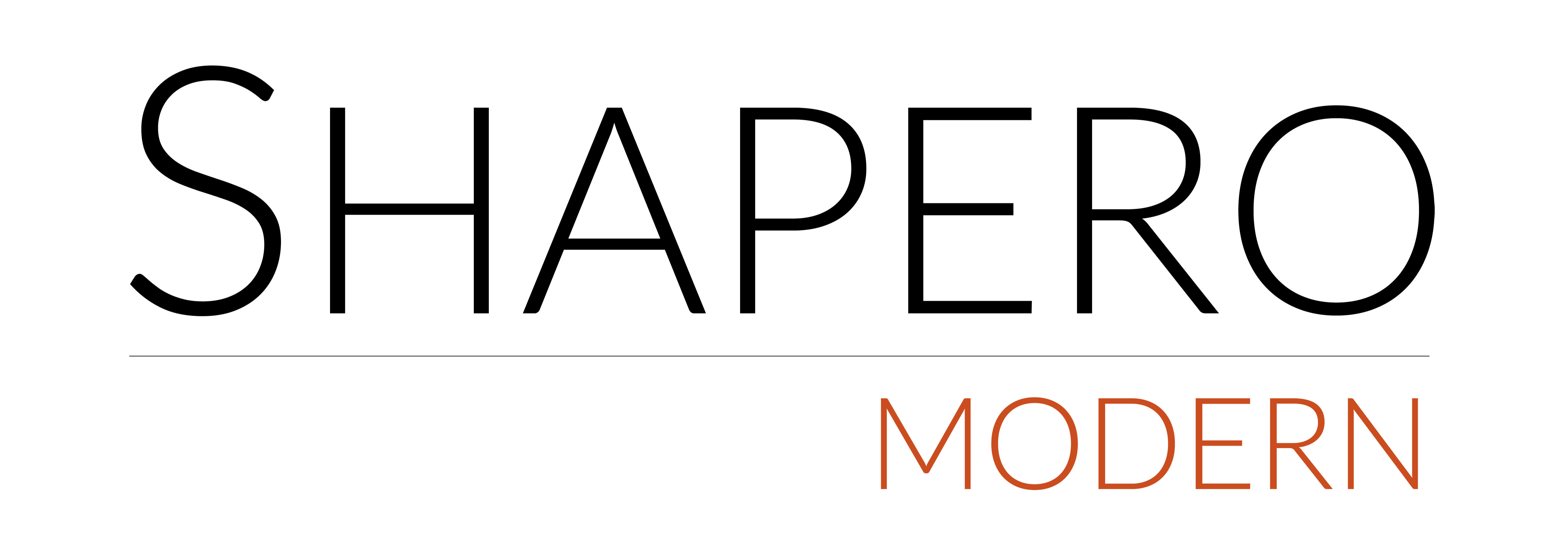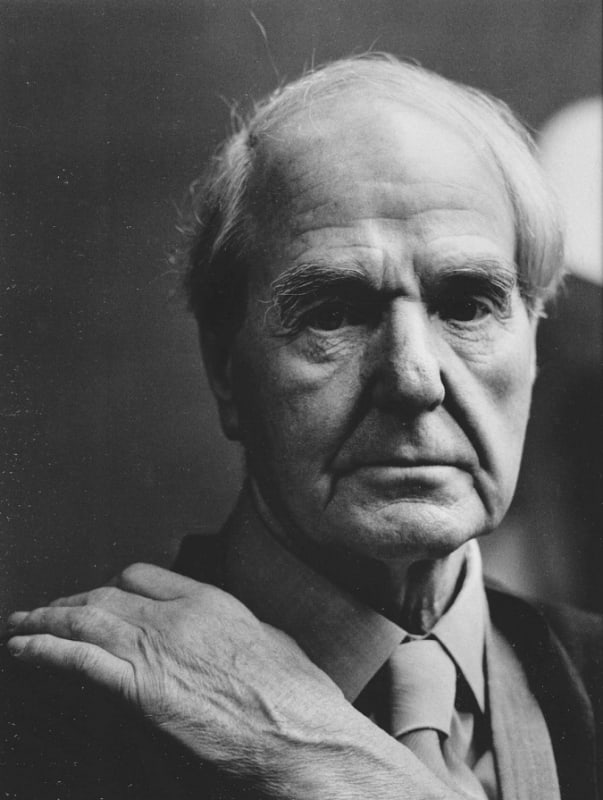Henry Moore
Send me more information on Henry Moore
Henry Moore was a British artist and sculptor who is considered one of the most important figures in 20th-century art. Born in Castleford, Yorkshire, England in 1898, Moore studied at the Leeds School of Art and later at the Royal College of Art in London.
Moore's sculptures are characterized by their organic forms and their ability to convey a sense of movement and energy. He often worked in large-scale, creating monumental sculptures that are integrated into the landscape. His work drew inspiration from a wide range of sources, including natural forms such as rocks and bones, as well as ancient sculpture and the work of his contemporaries in the Surrealist movement.
One of Moore's most famous works is his 'Reclining Figure' series, which features sculptures of reclining human figures that are stretched and distorted to create a sense of movement and dynamism. The series has become an iconic symbol of Moore's work and has been exhibited in museums and galleries around the world.
Moore's prints and multiples are highly sought after by collectors for their beauty and their ability to capture the essence of his larger sculptures. His works have been exhibited in museums and galleries around the world, and he has won numerous awards and accolades for his innovative approach to sculpture.

